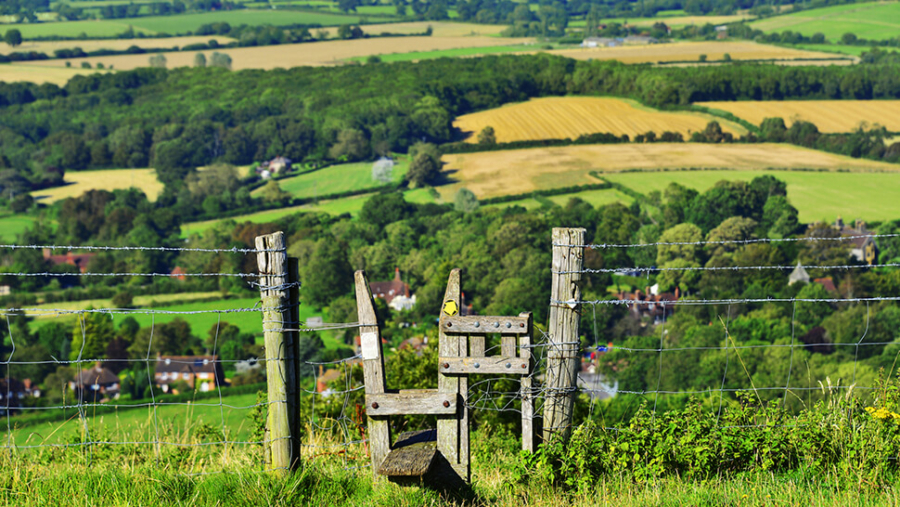

In our last newsletter, Laura Greenman, senior associate in our planning team, examined how the law then stood concerning public access to land. Farmers and landowners have been concerned about the spread of coronavirus in rural areas being potentially exacerbated where public footpaths cross land and, in particular, where they come close to buildings or where people gather at beauty spots.
Here we look at how the law stands today – please bear in mind that the law continues to change and you should pay close attention to the latest government announcements.
The law prevents landowners taking matters into their own hands and closing, obstructing or diverting a footpath. There is a certain procedure that has to be gone through to change the route of a path and a landowner who decides to take matters into their own hands risks committing a criminal offence.
In England, public footpaths remain generally open. The law still restricts public gatherings, although these laws have recently been relaxed to allow up to six people to meet outdoors provided they remain two metres apart. The government continues to discourage people from gathering at beauty spots, beaches or national parks and the recent fine weather has seen particular emphasis on the need to exercise caution, although it is not technically unlawful to visit these areas.
In Wales, the law is much more restrictive. People are allowed to travel, including to exercise, but should remain in their local area, limiting their travel to around five miles from their home. The Welsh government also has passed a law, to reinforce the ‘stay near home’ message, closing a number of public footpaths, car parks and popular visitor spots.
The list of the paths and car parks that are closed can be found on the National Park, National Trust, local authority and NRW (Natural Resources Wales) websites. This list is being regularly updated and you should check the rules before setting out. Particular confusion can, of course, arise where land straddles the border between England and Wales and the key message here is to pay close attention to the maps and information available online.










